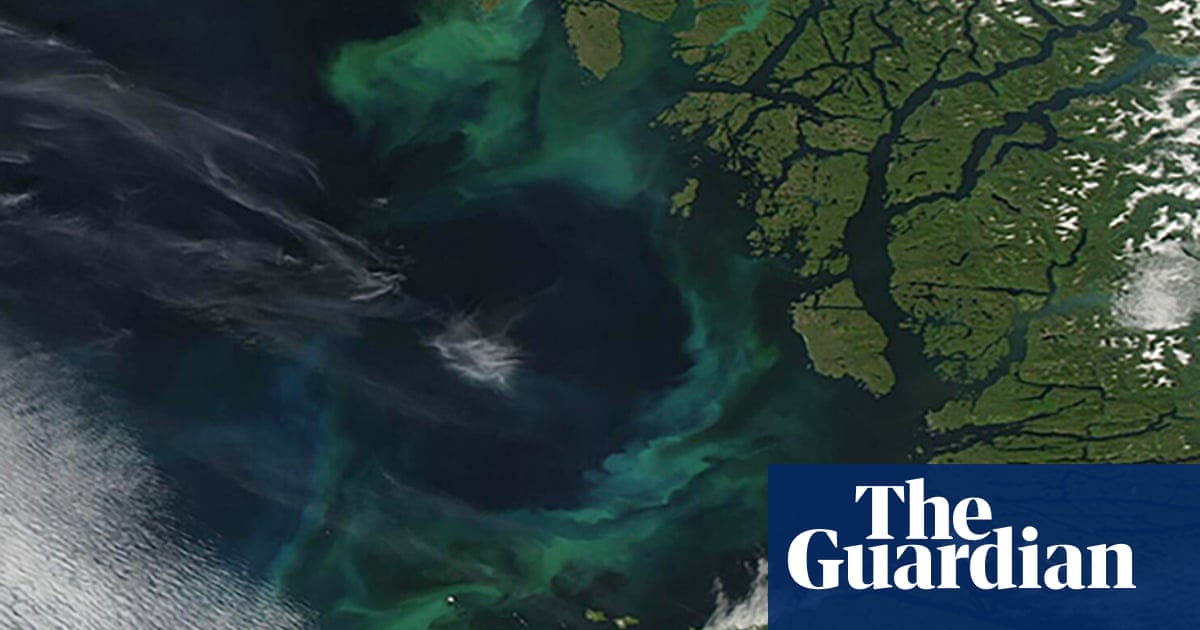
Humans have made the oceans more stable, and the result will be more extreme weather and the acceleration of climate change.
You may have heard the phrase “hot air rises”. And it is true: when you heat up air, the warmed air wants to rise, like a hot-air balloon. The rising motion is caused by the changing density of the air, a process scientists refer to as buoyancy.
The same thing is true in the oceans. Warm water is less dense than cold waters. In oceans, water tends to stratify, with warmer, less dense water sitting atop colder, more dense water. We refer to this as a “stable” configuration.
Sometimes the waters are not stable. For example, the upper waters of the ocean can suddenly become heavier. This causes the water to fall from the surface towards the ocean floor. Waters near the ocean floor are then brought up to the surface where mixing occurs.
Not only does water move up and down in the ocean, but currents flow around the world horizontally as well.
The upward and downward motions are common in the North Atlantic, the north Pacific, and in the Indian and Southern oceans. It turns out these water currents have major effects on the entire ocean, as well as the weather.
How would ocean water near the surface suddenly become more heavy? It is to do with the saltiness of the water. The saltier the water is, the more dense it is. Fresher waters are less dense. When warm water forms the top level of the ocean, evaporation of liquid water into the air removes water molecules and increases the saltiness of the water, which then causes the water to fall and mixing to occur. So mixing is affected by both temperature and saltiness.
A new study published in the journal Nature Climate Change, of which I was one of the authors, used new techniques to analyse ocean waters using a large collection of data from around the world.
The paper shows that the stratification of the oceans – less dense waters sitting above more dense water – is increasing. In other words, the oceans are become more stable, with less “up-and-down” motion.
The team has shown that the ocean stability has increased by 5.36% in the upper 6,310 metres (20,700ft) of the oceans over the past 50 to 60 years. Our paper shows some of the increased stability of the oceans is due to a warmer ocean surface because of greenhouse gases and human-caused global heating.
But why should we care? This is the big question. Does a more stable ocean matter for humans?
It does, and we will feel the effects. First, when warm waters sit at the ocean surface, they affect weather, particularly typhoons and hurricanes. In fact, warm ocean surface water provides the fuel for these large storms.
A warmer ocean, then, is less able to absorb carbon dioxide from the atmosphere. Consequently, more of the carbon dioxide we emit will remain in the atmosphere, which will lead to more warming.
In addition, a more stable ocean is less efficient at moving nutrients through its waters. This means animals that require the flow of nutrient-rich waters could be at risk.
There is a final risk – one related to more severe implications in the future. The more stable oceans mean we expect the Earth to warm faster in future because of the weakening mixing that penetrates down to deep oceans, and the lower capability of the ocean to absorb carbon dioxide.
In a terrible twist of fate, the warming we have caused in the past has resulted in a more stable ocean, and that will increase future warming – a feedback loop that keeps getting stronger.
It is not all doom and gloom. The good news is we know why the climate is changing and we know how the oceans are responding. We can do something about this problem – we have the ability to slow down climate change. We just lack the will and leadership.
But if 2020 has shown us anything, it has revealed that humans can change and adapt quickly to situations. There is hope that we can navigate the challenges resulting from a more stable ocean – but we must start immediately.












